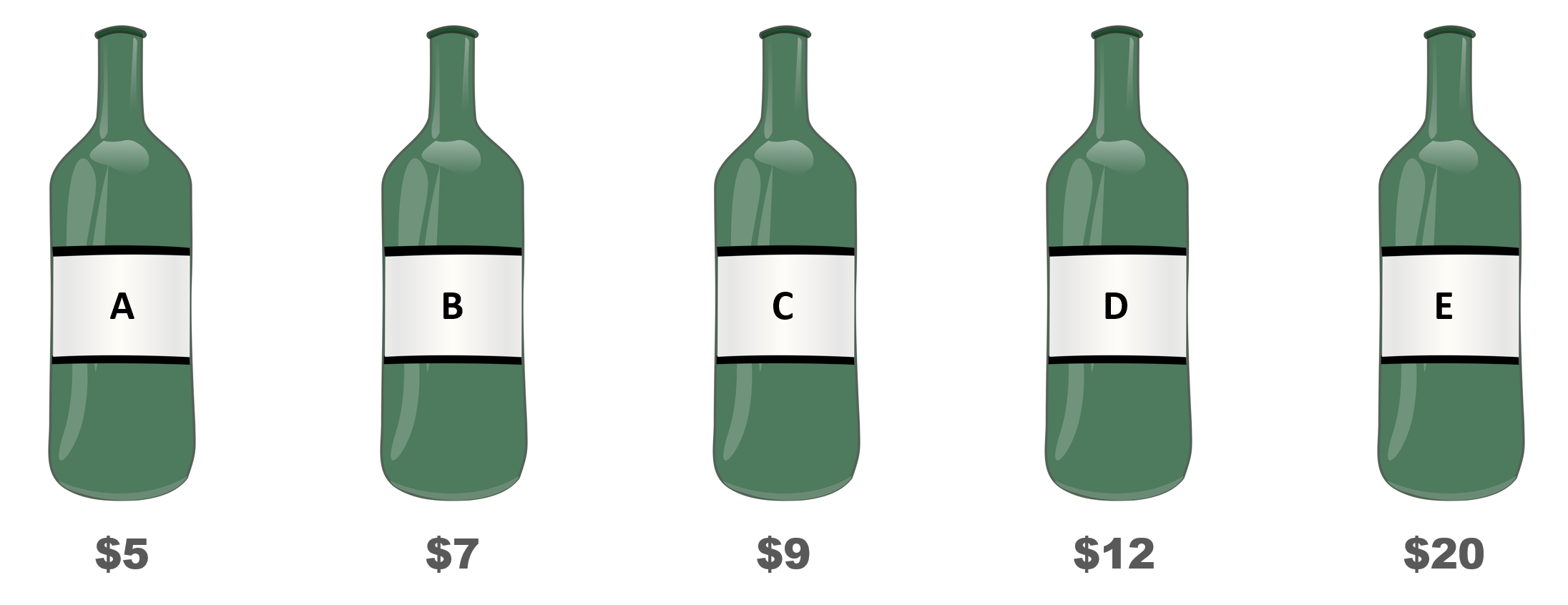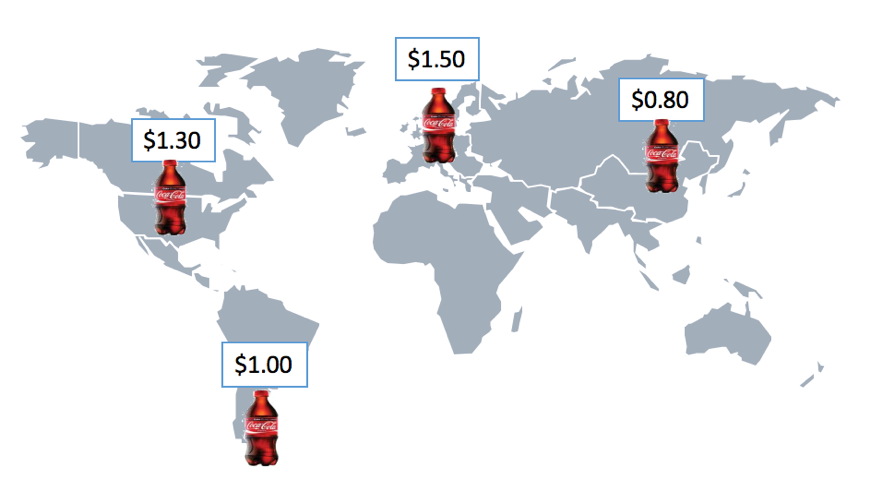Implementing Willingness-to-Pay Insights Earlier in the Innovation Process
 PriceBeam
·
3 minute read
PriceBeam
·
3 minute read
In today's competitive landscape, the success of new products hinges on more than just innovation—it requires alignment with customer needs and a clear understanding of what customers are willing to pay for a given solution. Too often, businesses focus on developing innovative features and technologies without validating if those efforts match market demand, resulting in costly misalignments. One powerful approach to bridging this gap is by incorporating willingness-to-pay (WTP) insights earlier in the innovation process. By doing so, companies can shape their product offerings based on real market value, increasing the likelihood of commercial success.
What is Willingness-to-Pay (WTP)?
Willingness-to-pay refers to the maximum price a customer is prepared to pay for a product or service. It reflects the perceived value the customer associates with the product, considering factors like the product’s uniqueness, utility, and relevance. WTP is not simply a fixed number; it’s shaped by customer demographics, market trends, and the competitive landscape. By capturing these insights early, companies can assess how different features or designs resonate with target audiences.
The Traditional Innovation Process: A Value Disconnect
Typically, companies follow a linear innovation model that starts with idea generation, followed by development, testing, and eventually pricing decisions. Unfortunately, pricing and value considerations are often addressed late in the process, after significant time and resources have been invested in product development. By this stage, product features are already locked in, and teams often face a dilemma: charge more for features the market may not value or lower the price and risk cutting into profit margins.
This traditional approach results in two common pitfalls:
- Over-Engineering Products: Teams add features or complexity to justify a higher price point, even if those additions don’t align with customer needs.
- Pricing Misalignment: Pricing is set based on costs or competition, but without understanding the real value perception of the customer. As a result, products are either priced too high for the market to bear or too low, leaving money on the table.
Why WTP Insights Early in Innovation Matter
By integrating WTP analysis early in the innovation cycle, companies can avoid these pitfalls and better align their products with market expectations. Here’s how implementing WTP insights during the ideation, design, and development stages can significantly improve product outcomes:
- Prioritize Features that Matter to Customers
WTP research provides direct feedback on which features or components customers value most and what they are willing to pay a premium for. This allows companies to focus resources on features that matter and eliminate or deprioritize those that don’t. Instead of building a product loaded with unnecessary features, development teams can concentrate on core functionalities that offer true value to the customer.
- Shape Product Differentiation and Positioning
By understanding how different customer segments perceive value, businesses can design products tailored to specific audiences. For example, a feature that resonates with price-sensitive customers may not appeal to those looking for premium, high-end solutions. WTP insights enable companies to make deliberate decisions about product positioning and segment-specific offerings. This segmentation-driven innovation ensures the product resonates with its intended market rather than trying to appeal to everyone at once.
- Optimize Pricing Strategies from the Outset
Traditionally, pricing is treated as an afterthought once the product is near completion. However, using WTP insights early on helps determine the appropriate price range during product development. This allows for a dynamic pricing strategy that maximizes profitability while maintaining market competitiveness. As products evolve through various stages, companies can refine their price-to-value ratios based on these early insights.
- Reduce Risk of Market Failure
Launching a new product is inherently risky, but the risk increases exponentially when companies lack a clear understanding of how much customers are willing to pay. Products that are priced too high can see weak adoption, while those priced too low may not deliver sufficient profit margins. By introducing WTP analysis early in the process, companies gain a better understanding of market dynamics and customer psychology, which reduces the chance of a product failing due to misaligned pricing or perceived value.
- Boost Cross-Functional Collaboration
Incorporating WTP insights early fosters collaboration between different teams, such as product development, marketing, and finance. When all stakeholders are aware of what the market values, they can work together to develop a product that not only meets technical and design standards but also aligns with the market's financial expectations. This cross-functional approach streamlines decision-making and enhances the likelihood of product success.
Implementing WTP Insights: Practical Steps
.jpg?width=800&height=211&name=WTP%20for%20innovation%20(2).jpg)
To successfully integrate WTP insights early in the innovation process, companies should consider the following steps:
- Conduct Early Market Research: Engage with customers through surveys, focus groups, or conjoint analysis to gauge how they value various product features and price points.
- Test and Iterate: Use rapid prototyping to test different iterations of a product based on customer feedback regarding willingness-to-pay. Continuously refine the product offering before large-scale investments are made.
- Cross-Team Collaboration: Ensure that pricing, marketing, and product development teams collaborate from the outset. Align feature sets and pricing strategy with customer expectations and market trends.
- Segment Analysis: Perform customer segmentation based on WTP data to ensure you’re targeting the right audiences with differentiated products and price points.
Conclusion: From Innovation to Market Success
Understanding customer willingness-to-pay is more than just a pricing strategy—it’s a lens through which companies can view their entire product development process. By incorporating WTP insights early, businesses can prioritize features that resonate with customers, optimize pricing, and create products that the market genuinely values. Ultimately, this approach not only reduces the risk of market failure but also ensures that innovation translates into commercial success.
To learn more about WTP during the innovation process, book a demo with a PriceBeam expert ⬇️
.png?width=400&height=100&name=PBLogoTransparent%20(1).png)




